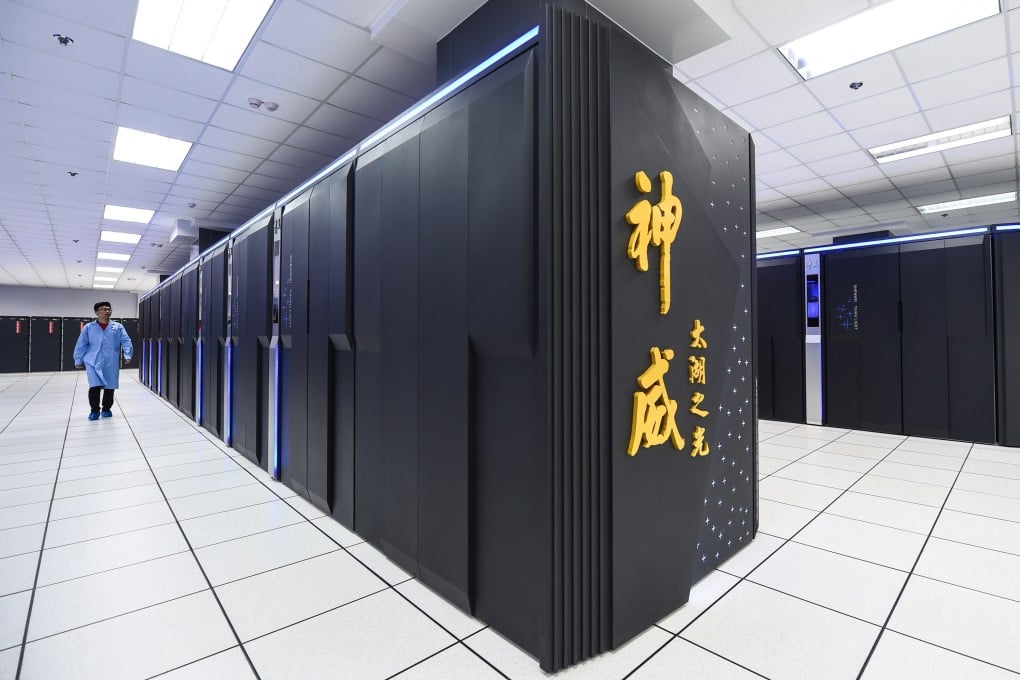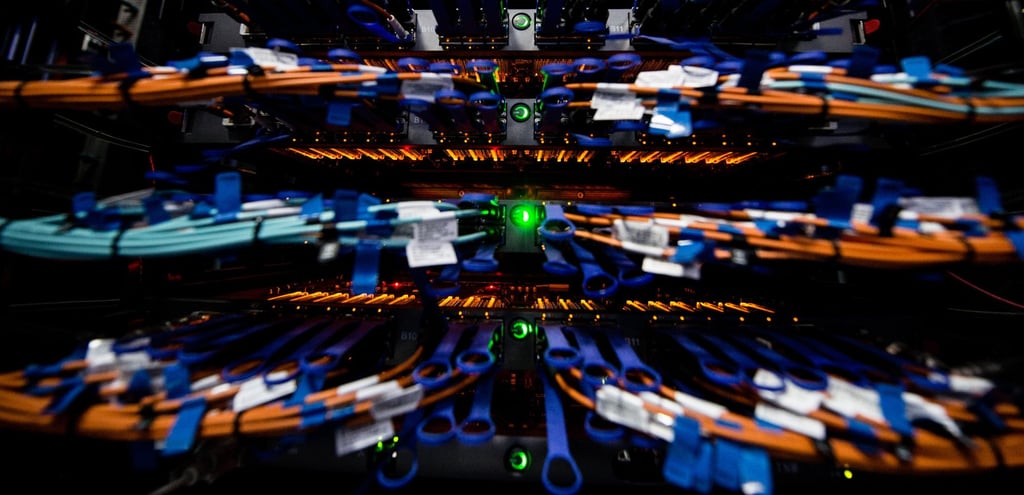Explainer | China’s blacklisted supercomputer organisations: who are they and what do they do?
- The US added seven new supercomputing organisations to its Entity List, citing concerns that they were being used for weapons programmes
- The groups are involved in China’s biggest supercomputer projects and include the location of Sunway TaihuLight, the country’s fastest supercomputer

Supercomputers are an increasingly important strategic resource, and they have become a symbol of technological might. The US cited concerns about their use in weapons programmes as a reason for putting them on its Entity List, but they are also used for more benign purposes such as mapping human genome and weather forecasting. The machines are also now widely used in commercial applications, including massive data-crunching, energy exploration and even creating video games and artificial intelligence.
The seven organisations join five other Chinese entities related to supercomputing that the US blacklisted in June 2019: Sugon, the Wuxi Jiangnan Institute of Computing Technology, Higon, Chengdu Haiguang Integrated Circuit and Chengdu Haiguang Microelectronics Technology.
This time around, the US has targeted four of China’s seven national supercomputer centres, along with Tianjin Phytium Information Technology, Shanghai High-Performance Integrated Circuit Design Center and Sunway Microelectronics. Here is a look at what they do.
National supercomputer centres in Jinan, Shenzhen, Wuxi and Zhengzhou
The National Supercomputing Centre in Wuxi, or NSCC-Wuxi, offers high-performance computing for a wide range of research and development projects in different domains, including biomedicine, marine science, oil and gas exploration and financial analysis. It is also home to China’s fastest supercomputer, which is the fourth-fastest in the world.
